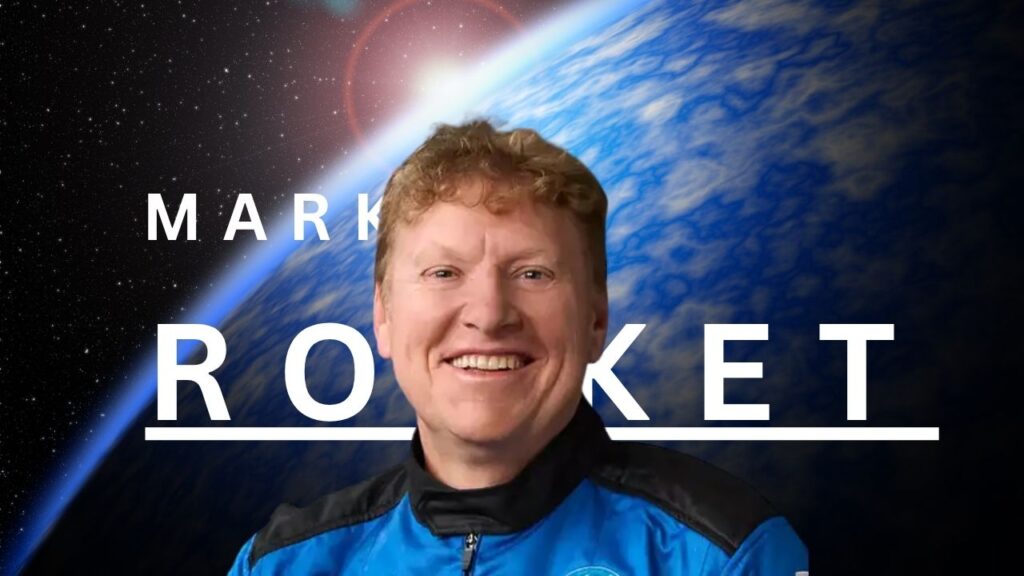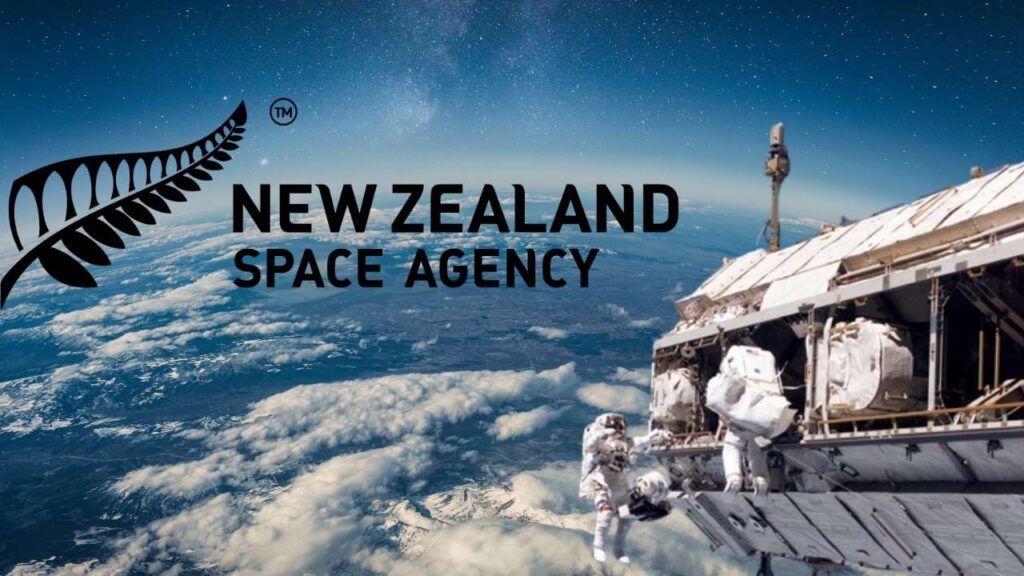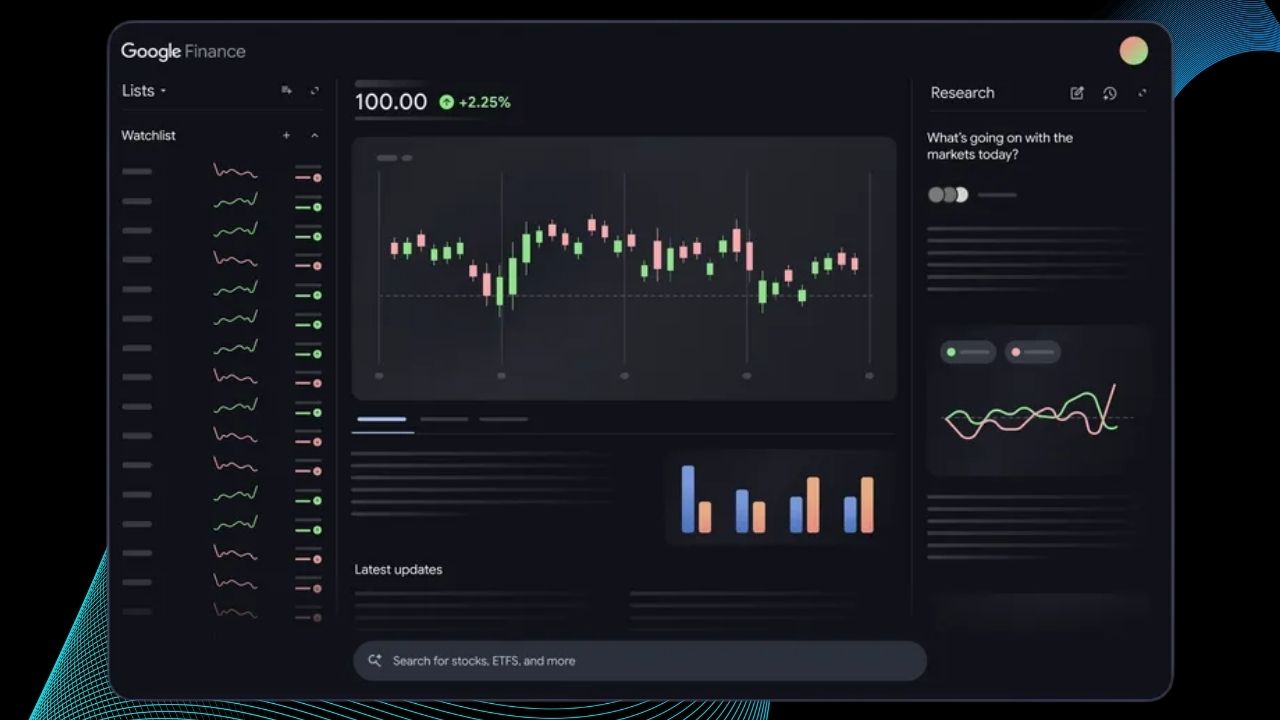Mark Rocket Becomes First New Zealander to Reach Space: On May 31, 2025, Mark Rocket became the first New Zealander to reach space, marking a historic milestone for New Zealand’s burgeoning space sector. Traveling aboard Blue Origin’s New Shepard NS-32 suborbital rocket, Rocket’s journey not only fulfilled a personal dream but also spotlighted New Zealand’s growing presence in the global aerospace industry.

This article offers an in-depth, authoritative look at Mark Rocket’s spaceflight, the significance of his achievement for New Zealand and the wider space community, and practical guidance for aspiring space travelers and professionals. We will explore the technical, economic, and inspirational aspects of this breakthrough, ensuring clarity for readers of all ages while providing professional insights.
Introduction: Mark Rocket’s Historic Flight to Space
Mark Rocket’s successful suborbital flight aboard Blue Origin’s New Shepard NS-32 rocket on May 31, 2025, launched from West Texas, represents a remarkable achievement for New Zealand. The mission reached an altitude of 105 kilometers (65 miles), crossing the internationally recognized Kármán line, the generally accepted boundary between Earth’s atmosphere and outer space.
The flight lasted approximately 11 minutes, with around 3 minutes of microgravity or weightlessness, giving Rocket and five other passengers an unforgettable opportunity to float freely and observe Earth’s curvature. Rocket described the experience as “profoundly moving and exhilarating,” emphasizing the rarity and transformative nature of human spaceflight.
Key Highlights of Mark Rocket’s Space Mission
| Aspect | Details |
|---|---|
| Date of Flight | May 31, 2025 |
| Spacecraft | Blue Origin New Shepard NS-32 |
| Flight Duration | Approximately 11 minutes |
| Altitude Reached | 105 kilometers (above the Kármán line) |
| Number of Passengers | 6 |
| Duration of Weightlessness | Approximately 3 minutes |
| Mark Rocket’s Role | Aerospace Entrepreneur, CEO of Kea Aerospace, Early Rocket Lab Investor |
| Aerospace Industry Impact | First New Zealander in space, highlighting New Zealand’s growing aerospace innovation sector |
| Official Reference | Blue Origin Official Website |
Mark Rocket’s historic suborbital flight aboard Blue Origin’s New Shepard NS-32 spacecraft represents a milestone for both New Zealand and the global aerospace community. His journey is a testament to how entrepreneurial spirit, innovation, and national ambition can bring space travel within reach. For New Zealand, it signals growing influence in the space industry, offering inspiration to future generations and underscoring the importance of STEM education and investment in aerospace.
The commercial spaceflight era is unfolding rapidly, and with continued dedication and innovation, many more stories like Mark Rocket’s will emerge — expanding humanity’s reach beyond Earth.
Who Is Mark Rocket? New Zealand’s Aerospace Trailblazer
Mark Rocket, originally born Mark Stevens, legally changed his surname in 2000 to reflect his passion for rocketry and space exploration. A serial entrepreneur, Rocket has been a driving force in New Zealand’s space industry for over two decades.
Early Involvement with Rocket Lab
Rocket was an early investor and co-director of Rocket Lab from 2007 to 2011. Rocket Lab is a pioneering private aerospace company headquartered in Auckland, New Zealand, specializing in small satellite launch services. It has revolutionized access to space with its Electron rocket, making satellite deployment more affordable and efficient. Rocket Lab’s achievements have been widely recognized internationally, and Mark Rocket’s role in its early days helped position New Zealand as a serious contender in the space sector.
Founding Kea Aerospace
After his tenure with Rocket Lab, Rocket founded Kea Aerospace, a company specializing in solar-powered, high-altitude unmanned aerial vehicles (UAVs). Kea Aerospace aims to provide persistent, long-endurance surveillance and communication platforms, further expanding New Zealand’s footprint in aerospace technology.
Mark Rocket’s flight to space was not just symbolic; it showcased the country’s capability and ambitions in the space domain, encouraging both private investment and government interest.
The Growing Role of New Zealand in Space Exploration
New Zealand is a relatively small player compared to space giants like the United States, Russia, or China, but it is rapidly carving out a niche through innovation and strategic partnerships.
Economic Impact of New Zealand’s Space Sector
According to the New Zealand Ministry of Business, Innovation and Employment (MBIE), the space sector in New Zealand contributes over NZD 1 billion annually and is expected to grow at an average rate of 12-15% per year over the next decade. This growth is driven by satellite launches, aerospace technology development, and an expanding ecosystem of startups.
The space sector supports thousands of high-skilled jobs and attracts international investment. As Mark Rocket’s flight demonstrates, New Zealand is no longer just a launch site but also a source of aerospace talent and innovation.

Technology and Innovation
Companies like Rocket Lab and Kea Aerospace are developing technologies that have global applications:
- Small Satellite Launch Services: Rocket Lab’s Electron rocket enables frequent, cost-effective satellite launches, vital for telecommunications, weather forecasting, and scientific research.
- High-Altitude UAVs: Kea Aerospace’s solar-powered drones provide persistent surveillance and data relay capabilities, useful for defense, environmental monitoring, and disaster management.
Educational and Inspirational Value
Mark Rocket’s journey inspires New Zealanders, especially youth, to pursue STEM (Science, Technology, Engineering, and Mathematics) education and careers. The government has initiated several programs to boost aerospace education, including scholarships and partnerships with universities.
Understanding Suborbital Spaceflight: A Step-by-Step Breakdown
Mark Rocket’s journey was a suborbital flight, meaning the spacecraft reaches space but does not enter orbit around Earth. Here’s a breakdown of what this entails:
Step 1: Pre-Flight Preparation
- Passengers undergo health screenings, safety briefings, and training to manage the physical and psychological demands of spaceflight.
- The spacecraft and rocket undergo extensive safety checks.
Step 2: Launch and Ascent
- The New Shepard rocket launches vertically from the West Texas site.
- Within approximately 3-4 minutes, the spacecraft ascends past the Kármán line (100 km above sea level), officially entering space.
Step 3: Weightlessness and Observation
- Once at peak altitude (~105 km), the capsule separates from the booster.
- Passengers experience microgravity for roughly 3 minutes, able to float freely, perform maneuvers, and enjoy panoramic views of Earth’s curvature and the blackness of space.
Step 4: Descent and Recovery
- The booster returns to Earth, landing vertically for reuse.
- The capsule descends under parachutes and lands safely on the ground.
- Total flight time is about 11 minutes.
Practical Guidance for Aspiring Space Travelers and Aerospace Professionals
The era of commercial space travel is expanding, and Mark Rocket’s flight illustrates this exciting future.
For Aspiring Space Tourists:
- Health and Fitness: Good physical condition is essential. Medical screenings ensure you can tolerate acceleration forces and weightlessness.
- Training: Suborbital flight providers typically offer pre-flight training to help passengers adjust to microgravity and safety protocols.
- Cost Considerations: Ticket prices currently range from $200,000 to over $500,000 per seat, depending on the provider and flight profile.
- Selecting Providers: Blue Origin, Virgin Galactic, and SpaceX are among the leaders in offering commercial spaceflights. Each has different experiences and destinations (suborbital vs orbital).
For Aerospace Professionals:
- Education: Degrees in aerospace engineering, physics, computer science, or related STEM fields are crucial.
- Experience: Internships, research projects, or work experience with aerospace companies or space agencies build valuable skills.
- Stay Updated: Follow developments from agencies like NASA, ESA, and private companies.
- Networking: Attend aerospace conferences, workshops, and online forums to connect with industry leaders.
China Unveils 3D Electronic Skin Mimicking Human Sensory Perception
India Launches First Full-Stack Quantum Computer Indus: A Major Leap in Quantum Technology
FAQs About Mark Rocket Becomes First New Zealander to Reach Space
Who is Mark Rocket?
Mark Rocket is a New Zealand aerospace entrepreneur, investor, and CEO of Kea Aerospace. He became the first New Zealander to travel to space aboard Blue Origin’s New Shepard NS-32 mission in 2025.
What defines the boundary of space?
The Kármán line, located at 100 kilometers (62 miles) above Earth’s surface, is widely accepted as the boundary between Earth’s atmosphere and outer space.
What is the duration of a suborbital spaceflight?
Suborbital flights like New Shepard’s typically last about 10 to 15 minutes, with around 3-4 minutes of weightlessness.
How is Blue Origin contributing to space tourism?
Blue Origin develops reusable rockets like New Shepard, designed for safe, frequent suborbital flights carrying private citizens and researchers to space.
What role does New Zealand play in space exploration?
New Zealand hosts innovative aerospace companies such as Rocket Lab and Kea Aerospace, contributing to satellite launches, UAV development, and the global space economy.










